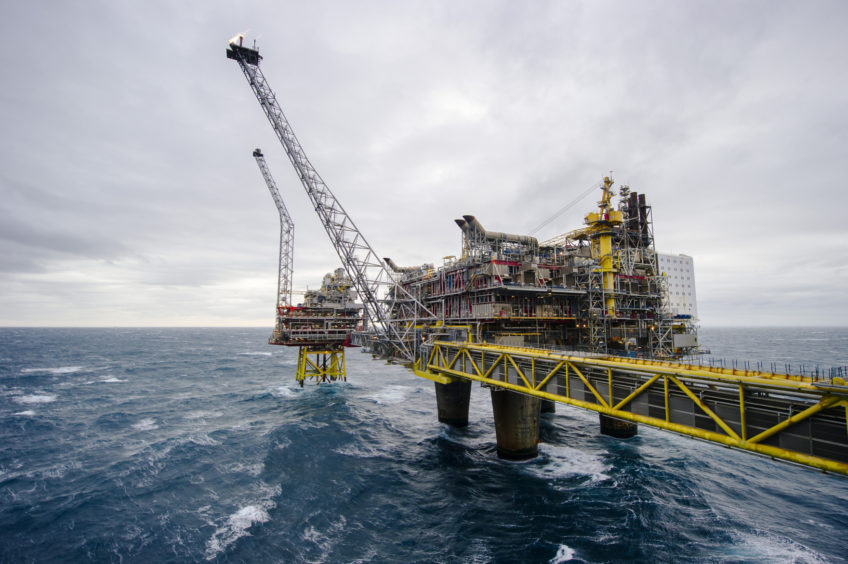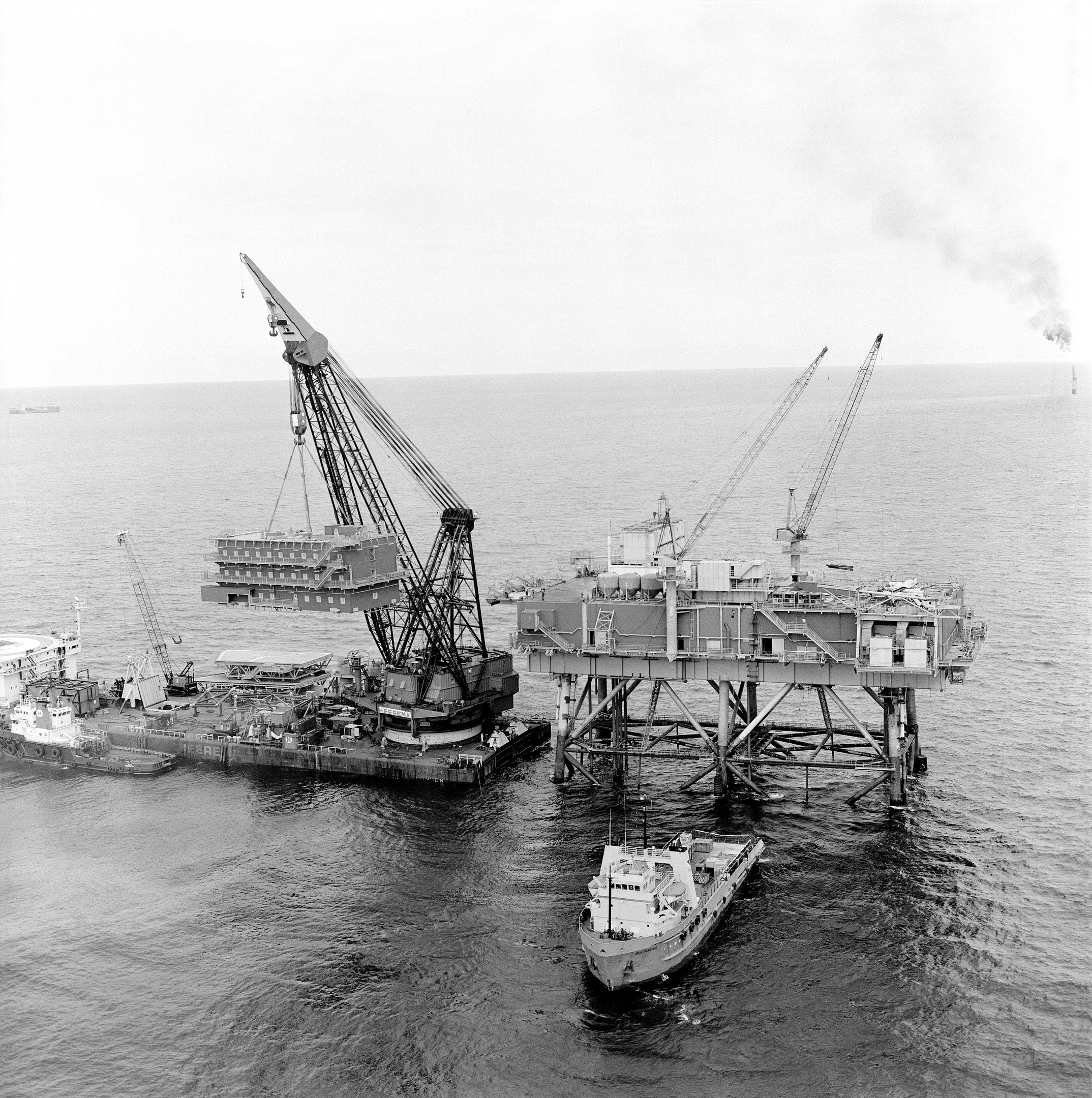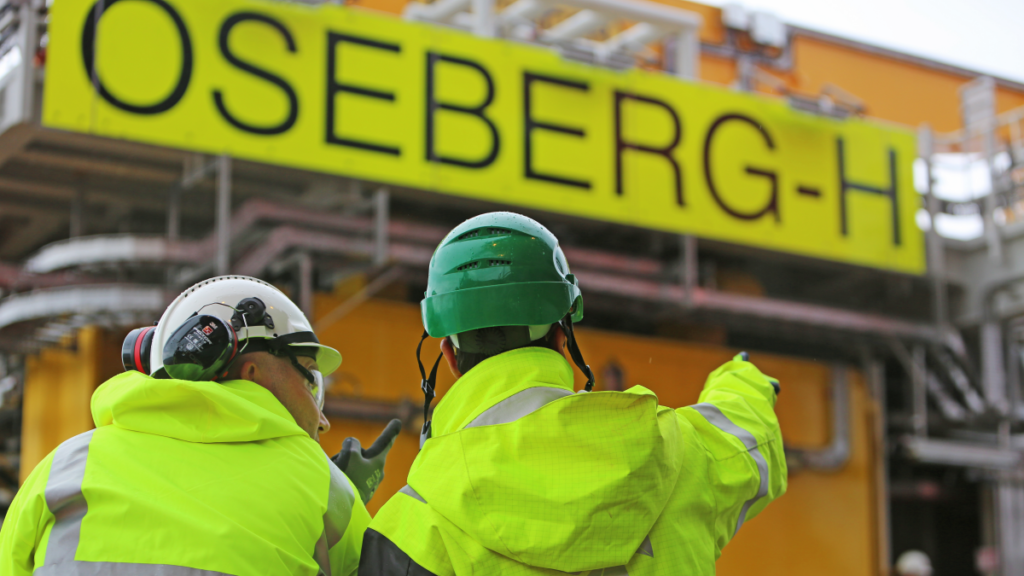
Equinor is to invest around £830 million to reduce emissions and up production from a huge North Sea field.
Oseberg is the Norwegian Continental Shelf’s (NCS) third largest oil producer in history and, when it came on stream, it was forecast to yield around one billion barrels – that has risen to 3.2 billion barrels.
Though oil production is tailing off, 60% of the gas is still in the ground, and only Troll and Snøhvit have more remaining resources on the NCS.
In order to prolong the life of field, the area partners will reduce emissions from the Oseberg Field Centre and the Oseberg South platform.
That’s in addition to increasing Oseberg gas production.
An amended plan for development and operation (PDO) has been submitted to the minister of petroleum and energy Marte Mjøs Persen.
Oseberg will be developed from primarily being an oil field to becoming a substantial gas producer.
Two new compressors will be installed to boost recoverable gas volumes, and the Oseberg Field Centre and Oseberg South platform will be partially electrified.
Geir Tungesvik, Equinor’s senior vice president for project development, said: “It is important to Equinor and the Oseberg partners to produce oil and gas with the lowest possible emission level.
“This investment decision allows us to increase production of Oseberg gas considerably in the future, while reducing CO2 emissions by an estimated 320,000 tonnes per year.
“During the project planning we have received good support from and cooperated closely with our partners.
“We are now entering the execution phase together with highly qualified suppliers.”
The new facility is expected to start-up in 2026.
The modifications needed to deliver on the partners goals are extensive and three big modules, totalling 3400 tonnes, will be installed.
Rebuilding of the Oseberg Field Centre will take four years and give work to 70 people, according to Equinor (OSLO: EQNR).
Elsewhere on Oseberg South, 40 people will be occupied for one year.
This will be done while the plants are in full operation and will require “close and good cooperation” between all parties.
As operator, Equinor has a majority share (49.3%) in the field, with Petoro (33.6%), TotalEnergies EP Norge (14.7%), ConocoPhillips Skandinavia (2.4%) all holding stakes.
Geir Sørtveit, Equinor’s senior vice president for exploration and production west, said: “With this investment we open a new chapter of the story of Oseberg, which is about to become one of the main Norwegian gas producers.
“We expect Oseberg to produce more than 100 billion sm3 of gas towards 2040. In terms of energy, the annual gas export from Oseberg will equal a quarter off all Norwegian hydropower.”
Oseberg’s carbon emissions totalled around one million tonnes last year.
Since 2010 emissions at the field have been reduced by around 15%, and there is an ambition to further reduce that by 50% to 70% by 2030.
Mr Sørtveit added: “If the world is to reach its net zero emission goal, we must remove emission sources, also on the NCS. Electrification is an effective climate action as it involves large and swift emission cuts.
“The solution adopted gives a cut in emissions of about 50 per cent from the Oseberg Field Centre and the Oseberg South platform, representing an important move to continue the long-term value creation from the Oseberg area.”
It is estimated that more than 70% of investments in the Oseberg upgrades will go to suppliers in Norway.
Aibel has been awarded the contract for engineering, procurement, construction, and installation (EPCI) for partial electrification of the Oseberg Field Centre and Oseberg South, as well as upgrading of the gas processing capacity on the Oseberg Field Centre.
Nexans has been awarded a framework contract by Equinor for the delivery of subsea power cables, the first of which will be a 132 km wire for Oseberg.
Meanwhile, Heerema Marine Contractors has been awarded a contract for transport and installation at an estimated value of around £4m.
In the summer of 2024, the Sleipnir vessel is scheduled to lift in place the three big modules currently under construction at Aibel’s yard in Haugesund.
Skanska Norge has also been awarded a contract for construction of a substation, cable trenches and landfall at Kollsnes – the contract is linked to the Troll West electrification project.
The contracts are subject to government approval of the plan for development and operation.
Recommended for you


